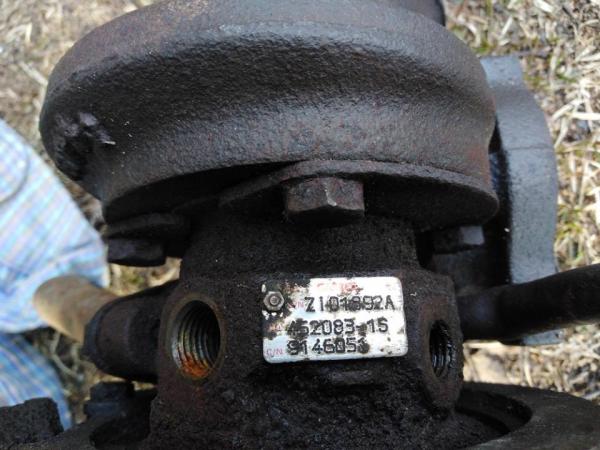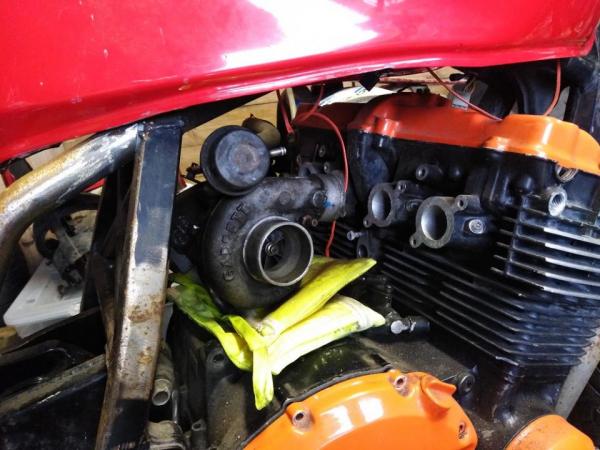

Samikoo
Members-
Posts
102 -
Joined
-
Last visited
Reputation
28 ExcellentPersonal Information
-
Location
Finland
Recent Profile Visitors
The recent visitors block is disabled and is not being shown to other users.
-
Ain't that many performance exhausts for these floating around...
-
I'm trying to decide on what exhaust to run on my GSX750. I have an original style exhaust system that's 4-2, but I do prefer a 4-2-1 or a 4-1 system for the sole fact that I can run a single can. What years did the 1100 and gsxr exhausts fit the 750? No need to be totally bolt on, a little tweaking doesn't matter. There seem to be alot more of those around for reasonable money, and I'm not looking to spend a fortune on the exhaust. I'm pretty confident that power wise it won't matter what exhaust I use, allthough it would be great to find a few lost ponies on the way. Any suggestions?
-
Yes, that sounds right. I think I'll have to try it for myself when I get my build up to that point.
-
Yes you do, because saying the same thing over and over does not clarify it. So you assume the draw through has a greater vacuum than a na engine? Why? And no, I'm not trying to wind you up! I understand the reasoning with barometric pressure vs. carb outlet pressure. But how come the draw through carb outlet pressure is less than that of the na engine? And I'm not comparing two engines with the same displacement. Please sir, you are an expert on all things flowing air. Explain, I do want to learn.
-
How does the pressure differentiate when in a draw through system compared to a na engine? Edit: And why does an su carb function in a draw through design?
-
1300cc 6000rpm na and 750cc 9500rpm plus 5 lbs of boost equals roughly the same cfm.
-
I'm still not buying this. A cv carb functions solely on vacuum, and an su carb is a cv carb. Ea constant velocity. The reason I mentioned cfm was to clarify that a carb only understands the air sucked through it, or pushed if it's a blow through system. How on earth could a cv carb work on a big bore twin if it could not handle a huge vacuum? The carb does not know if the air is being sucked through it by a na engine or a turbocharger. Bear with me here, I'm an automotive engineer so I overcomplicate things.
-
So how come an su carb works on a draw through setup? It's function is also based on the vacuum created by the engine. I'm not trying to argue here, it's just that I still can't figure out how, let's say a 1300cc na engine or a 750cc turbocharged engine, would make the carb act any different, if the cfm through the carb would be the same?
-
But some have accelerator pumps and push-pull throttle. I've seen them on Hurley Durley aggricultural machines. And the only thing a carb sees is sucky sucky, right? When the turbo starts making boost, it just sucks more air through the carb. I'm having a real hard time understanding how the carb could sense that it is feeding an air-fuel mixture in to a turbocharger instead of a naturally aspirated engine. I guess I'll have to bite the bullet and try one out myself.
-
So what exactly is wrong with a cv carb on a draw through desing?
-
Suzuki service manual says 293ml per leg, and oil level 192mm. If you find this thing called Google, it will help you a lot. Type in "Suzuki GSX 750 ES manual" and hit that search button.
-
Thanks! I was thinking 1.5-1.75", just so that I could use a v-band clamp. 1.5" it will be then.
-
So, I was just wondering what diameter link pipes people are using on draw through exhaust? From the 4-to-1 collector to the turbine housing flange that is. It seems to me that 2" would be overkill, as the distance is quite long and you can't lose a lot of speed from the exhaust gases as the temperature will drop dramatically over the length of the exhaust tract, therefore not giving the turbine the energy it needs.
-
Today I picked up this T25 from a Saab 9000 for 20 euros, I'll have to see how it fits in there when I get all the stuck bolts undone and can clock the housings. This one should be easy to convert to carbon seal, we'll see...
-
I just got an e-mail from a turbo service company, he said that if he remembers correctly, the Garrett T2-T28, TO3 and Toyota CT26(and CT20 with CT26 dimensions) would be the ones you could retrofit carbon seals quite easily. With enough machining and mismatching I'm sure many others would too, but that's a whole different road. Vintage Rajays and such are ofcourse an option, but I'd rather not spend a lot on the first attempt. Later on, if it works, and when the motor would be able to take more of a beating, then it would be possible to upgrade to a bigger and a more expensive unit.


